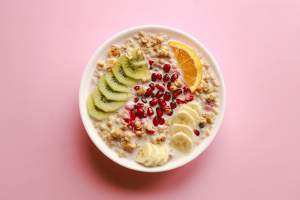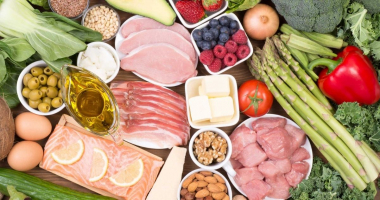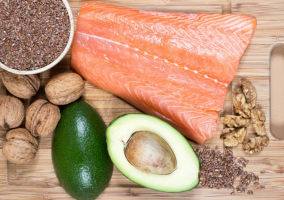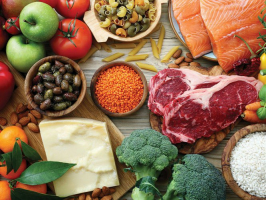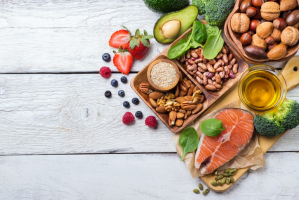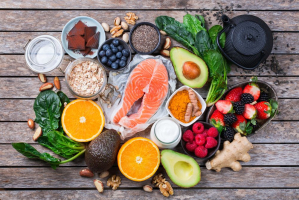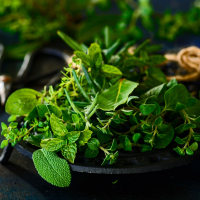Top 10 Best Foods to Boost Nitric Oxide Levels
Nitric oxide is a vital molecule generated by your body that has a wide range of health consequences. It promotes proper blood flow by assisting blood vessels ... read more...to dilate, and it may have a variety of health benefits, including improved exercise performance, reduced blood pressure, and improved cognitive function. One of the best and most effective ways to naturally boost levels of this important molecule is to change your diet. Here are the top ten foods that can help you boost your nitric oxide levels.
-
Dietary nitrates, which your body may convert to nitric oxide, are rich in beets. One research of 38 people found that taking a beetroot juice supplement for 45 minutes boosted nitric oxide levels by 21%. Another research found that ingesting 3.4 ounces (100 ml) of beetroot juice boosted nitric oxide levels in both men and women considerably.
Beets have been related to a variety of health benefits, including increased cognitive function, improved athletic performance, and reduced blood pressure levels, thanks to their high dietary nitrate content. Beets are delicious in smoothies, salads, and even brownies. Athletes and bodybuilders utilize beet juice as a pre-workout supplement. With 270 milligrams per 100 grams of nitrate level, it ranks second only to arugula. When consuming beet juice or a beet supplement, keep in mind that some products contain a lot of sugar.
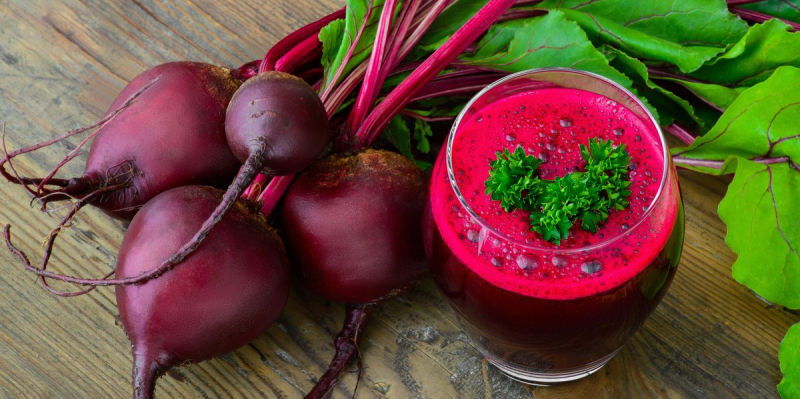
Beets 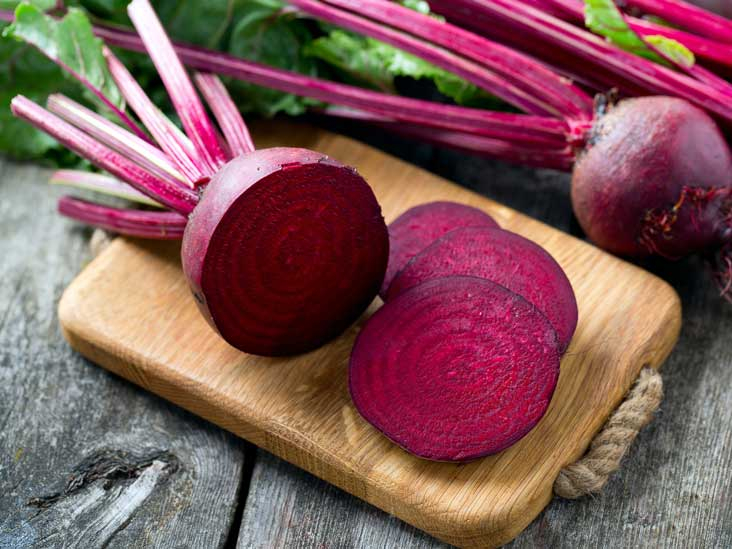
Beets -
You may increase nitric oxide in various ways if you obtain enough nitrates in your diet. Garlic, for example, seems to be an excellent way to improve your body's nitric oxide manufacturing process, allowing your body to make better use of the nitrate it has. Garlic is a plant that belongs to the onion family and is grown for its flavor and health benefits. It includes sulfur compounds, which are thought to be beneficial to health.
Garlic increases nitric oxide levels via activating nitric oxide synthase, an enzyme involved in the conversion of L-arginine to nitric oxide. Within an hour of intake, aged garlic extract raised blood nitric oxide levels by up to 40%, according to one animal research. Another test-tube study discovered that aged garlic extract increased the quantity of nitric oxide that the body can absorb. Garlic's ability to enhance nitric oxide levels has been shown in both human and animal studies to be beneficial to health and can help decrease blood pressure and improve exercise tolerance.
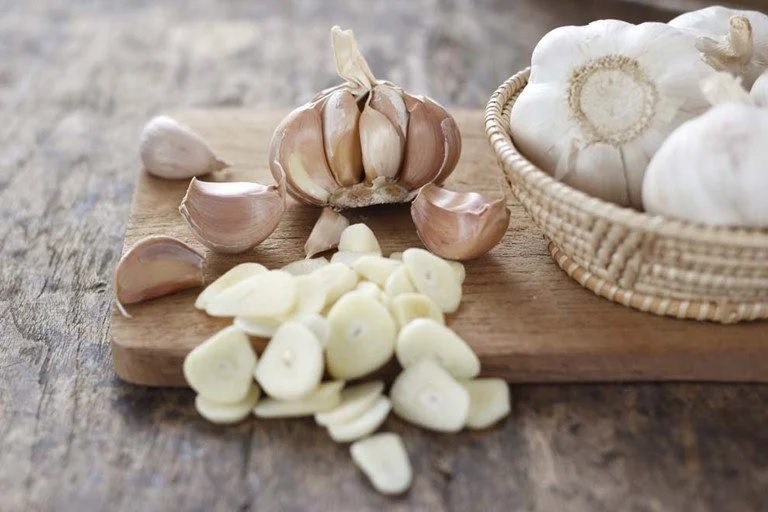
Garlic 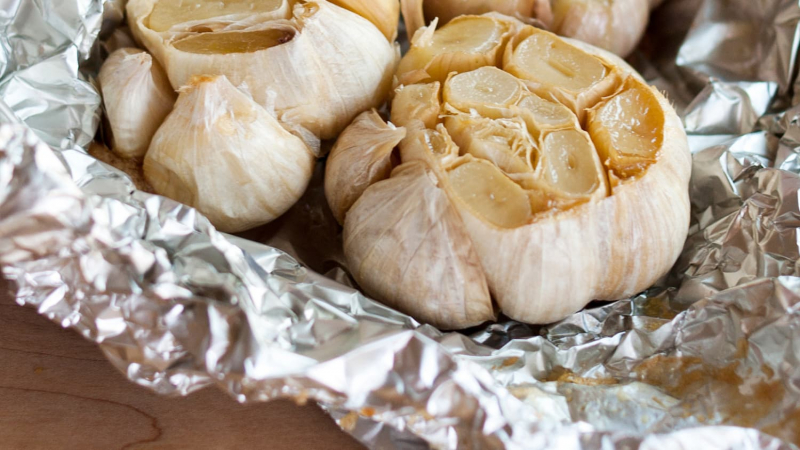
Garlic -
Meat and poultry are excellent protein sources. They also supply a variety of other minerals, such as iodine, iron, zinc, vitamins (particularly B12), and important fatty acids. As a result, eating meat and poultry once a week as part of a well-balanced diet is a smart idea.
Coenzyme Q10 or CoQ10 is an important compound that is thought to assist the body to sustain nitric oxide. It may be found in meat, poultry, and seafood. In fact, the average meal comprises between 3–6 mg of CoQ10, with meat and poultry accounting for around 64% of total consumption. The largest concentrations of CoQ10 may be found in organ meats, fatty fish, and muscle meats including beef, chicken, and pork. According to studies, consuming enough CoQ10 in your diet can assist enhance athletic performance, avoiding migraines, and boosting heart health by preserving nitric oxide.
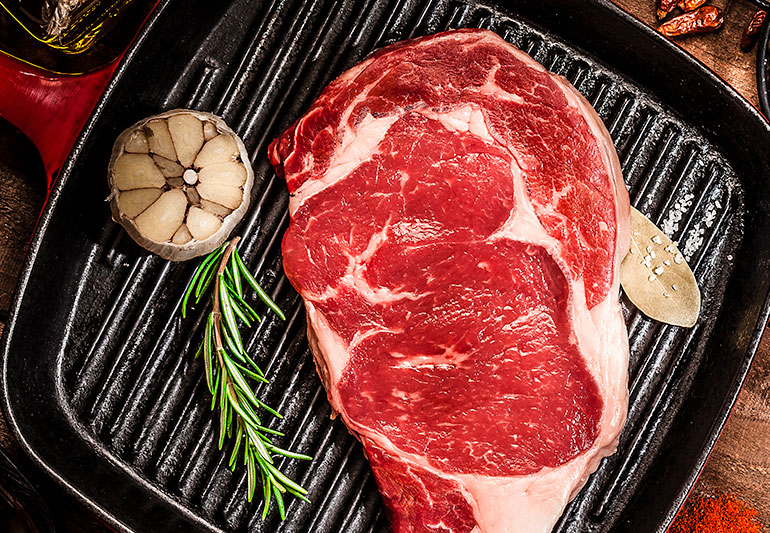
Meat 
Meat -
Eating dark chocolate (70-80% cocoa) is a decadent way to increase nitric oxide levels. Flavonols are natural chemicals found in cocoa that help the body produce more nitric oxide.
Cocoa flavanols, in particular, have been shown in studies to aid in the formation of optimal levels of nitric oxide in the body, which improves heart health and protects cells from oxidative damage. A 15-day study of 16 persons found that eating 30 grams of dark chocolate every day resulted in substantial increases in blood nitric oxide levels. Furthermore, both systolic and diastolic blood pressure levels — the top and bottom numbers of the diastolic pressure — decreased in participants. Dark chocolate has been related to increased blood flow, improved brain function, and a decreased risk of heart disease due to its high level of nitric-oxide-boosting flavanols.
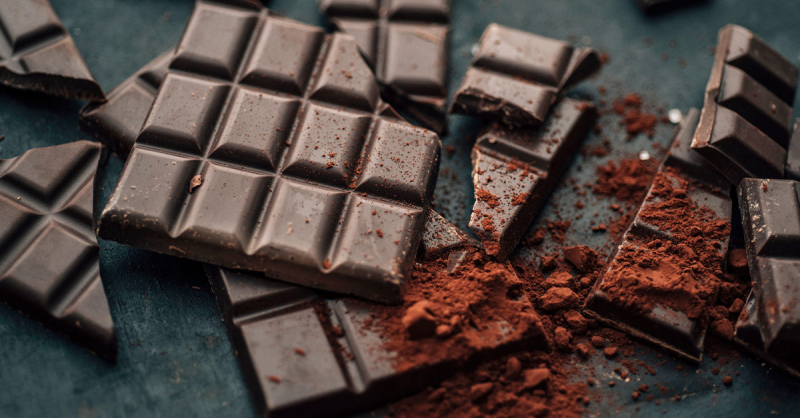
Dark Chocolate 
Dark Chocolate -
Organic leafy greens are without a doubt the best source of dietary nitrate. Nitrates are found in leafy green vegetables such as spinach, arugula, kale, and cabbage, which are converted to nitric oxide in the body.
According to one study, consuming nitrate-rich foods like green leafy vegetables on a daily basis will help maintain enough nitric oxide levels in the blood and tissues. One research found that having a nitrate-rich meal with spinach boosted salivary nitrate levels eightfold and reduced systolic blood pressure considerably. Consumption of high-nitrate leafy greens has also been linked to a lower risk of heart disease and cognitive decline in other studies. Some of the best leafy greens to eat are Arugula, Kale, Spinach, Spirulina, Swiss Chard, Cabbage, etc.
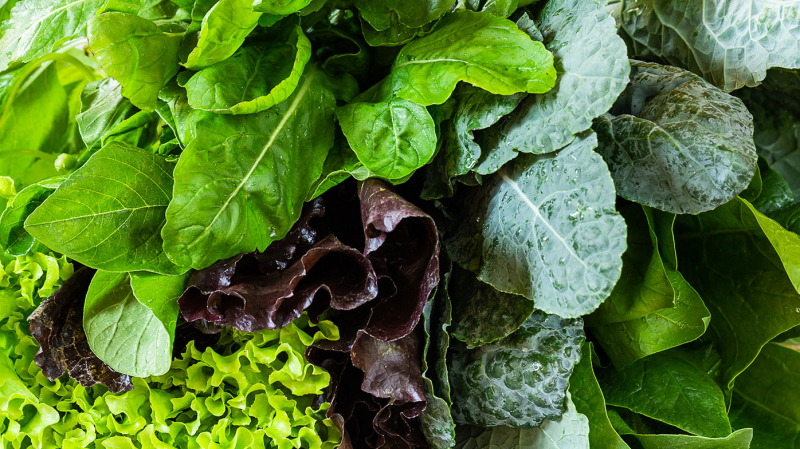
Leafy Greens 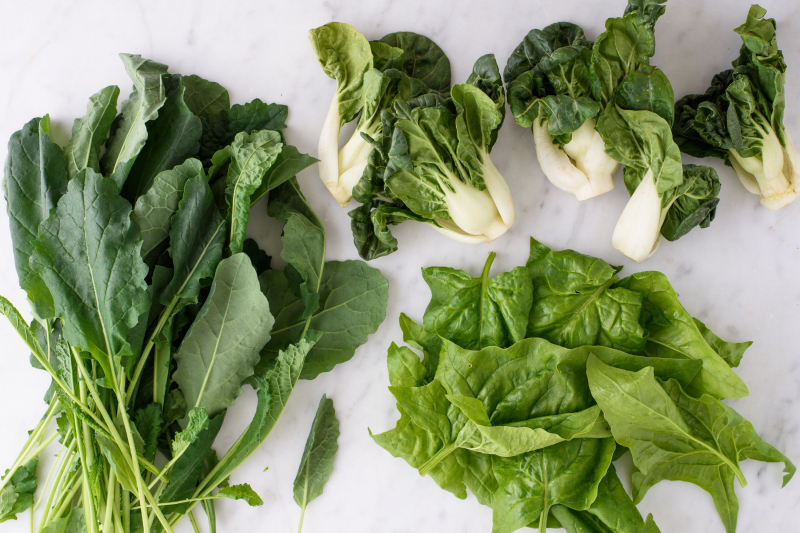
Leafy Greens -
Citrus fruits such as oranges, lemons, limes, and grapefruit are all high in vitamin C, a water-soluble vitamin that is essential for good health. Vitamin C not only boosts your immune system but also increases the bioavailability of nitric oxide, which refers to your body's capacity to absorb and use the molecule. Vitamin C may also boost the quantity of nitric oxide synthase, an enzyme required for nitric oxide synthesis, according to certain research.
According to research, it may also increase levels of nitric oxide synthase, an enzyme required for nitric oxide production. Citrus fruit consumption has been associated with reduced blood pressure, greater cognitive function, and a lower risk of heart disease, according to studies. This might be due to their ability to boost nitric oxide levels. To increase your intake, in addition to eating citrus fruits whole or juicing them, consider adding the zest to your salad, seafood, or fish dish.

Citrus Fruits 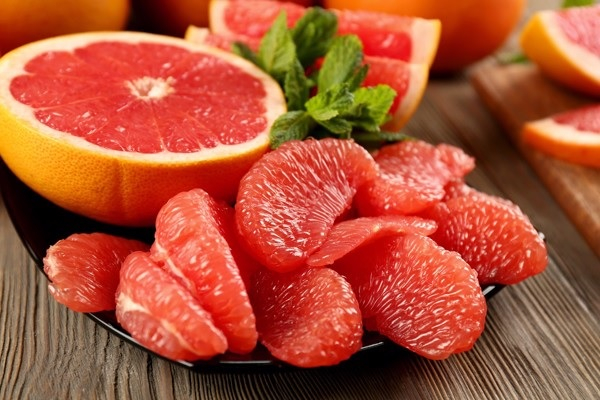
Citrus Fruits -
The heart-healthy pomegranate is a great source of nitric oxide. Pomegranate seeds are high in antioxidants, which help to increase the formation of nitric oxide and protect it from damage. Pomegranate juice was shown to preserve nitric oxide from oxidative damage while also enhancing its activity in a test tube research.
Pomegranate juice and pomegranate fruit extract were found to enhance levels of nitric oxide synthase and boost nitrate levels in the blood in another animal study. Pomegranate, which is strong in antioxidants, has been shown in human and animal tests to improve blood flow, which might be especially helpful in treating conditions like high blood pressure and erectile dysfunction. Other human and animal research has found that the antioxidants in pomegranates can help blood flow more freely, lowering the risk of heart disease.
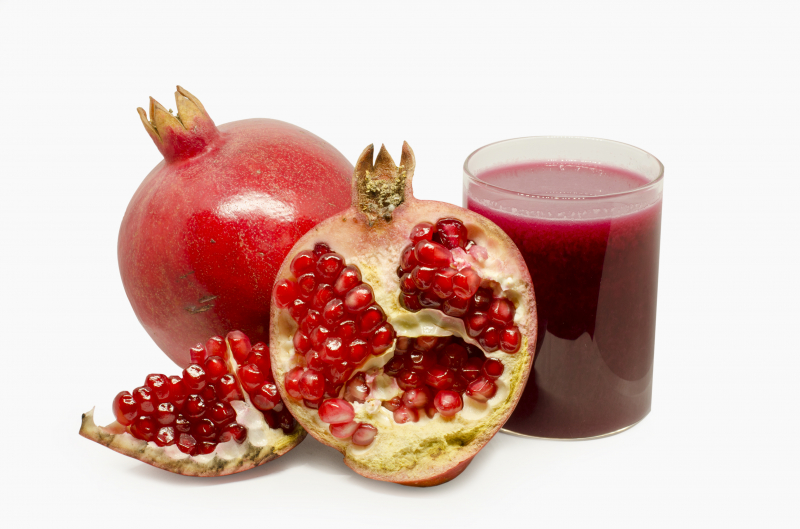
Pomegranate 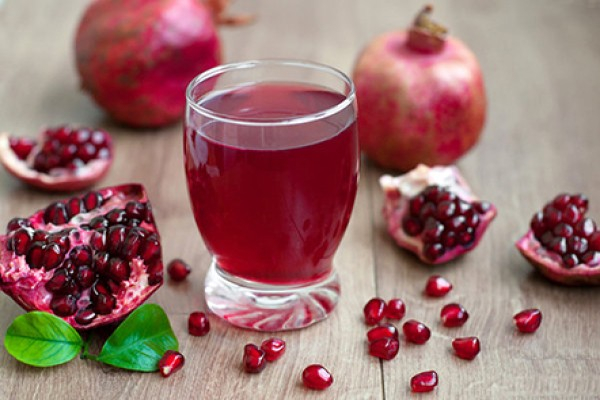
Pomegranate -
Arginine, a kind of amino acid involved in the production of nitric oxide, is rich in nuts and seeds. They include arginine, an important amino acid for the production of nitric oxide. If you prefer a dietary supply of this vitamin, it is a feasible alternative.
According to some studies, consuming arginine from foods like nuts and seeds might help your body produce more nitric oxide. For example, one research of 2,771 adults found that eating more arginine-rich foods was related to improved blood levels of nitric oxide. Another small research indicated that consuming arginine supplements for two weeks enhanced nitric oxide levels. Regularly consuming nuts and seeds has been related to lower blood pressure, enhanced cognition, and increased endurance due to its arginine content and stellar nutrient profile.
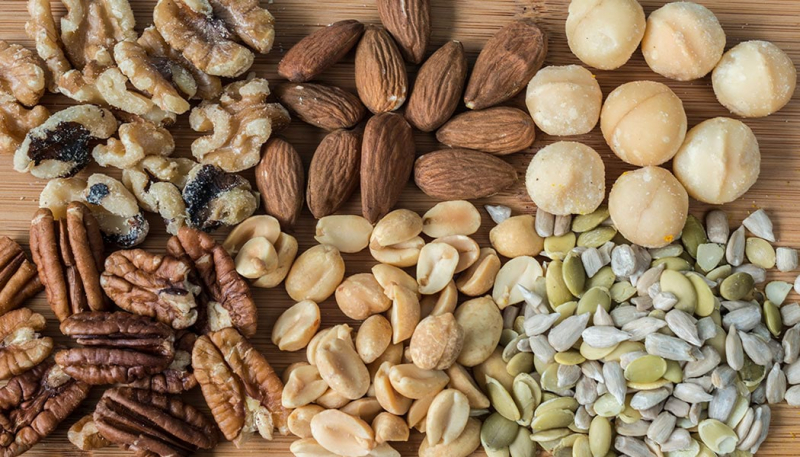
Nuts and Seeds 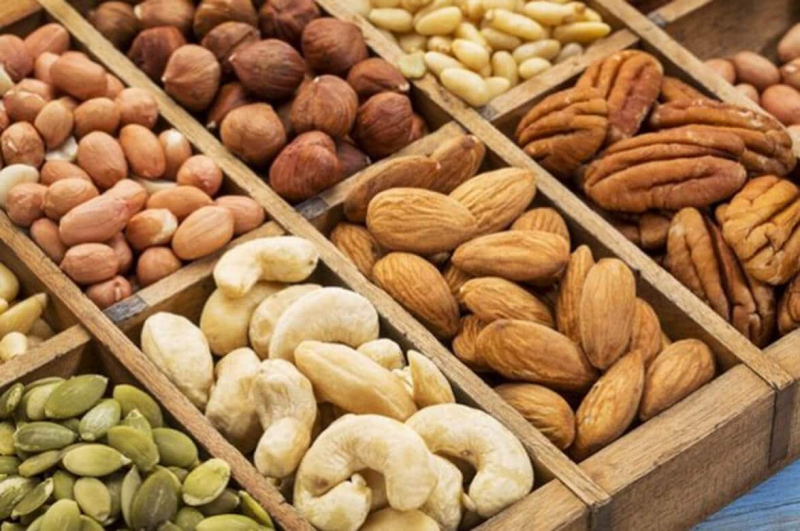
Nuts and Seeds -
Watermelon is not only hydrating and refreshing, but it also contains the amino acid L-citrulline, which is converted to arginine and then utilized to create nitric oxide.
Citrulline supplements were found to help promote nitric oxide production after only a few hours in one short trial, however, it was noted that good health impacts may take longer. Meanwhile, a study of eight men found that drinking 10 ounces (300 ml) of watermelon juice for two weeks improved nitric oxide bioavailability significantly. According to a 2017 study, eating more watermelon raises nitric oxide levels, which may help athletes perform better and promote healthy blood pressure and blood flow. Watermelon has also been demonstrated to help with recovery after a workout.
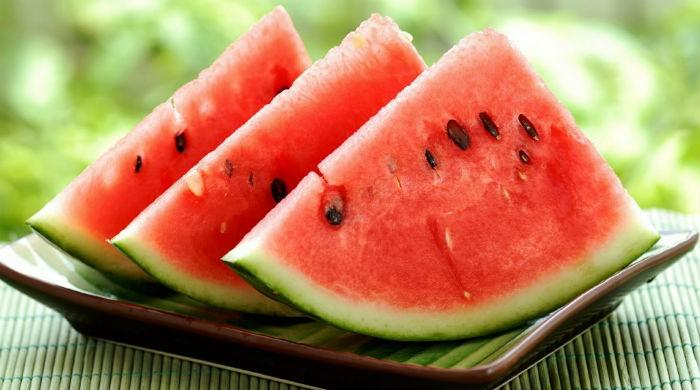
Watermelon 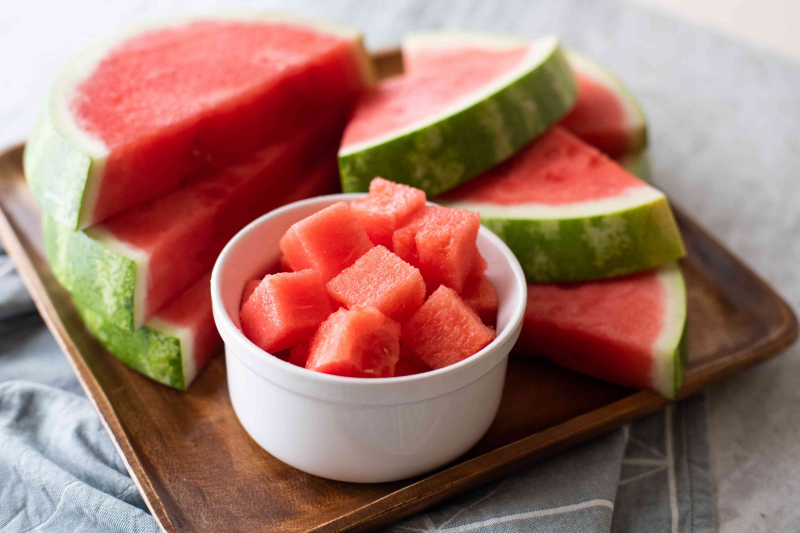
Watermelon -
Red wine is high in antioxidants and has been related to a wide range of health benefits. Interestingly, drinking red wine has been related to increased levels of nitric oxide in several studies.
Treatment of cells with red wine raised the levels of nitric oxide synthase, an enzyme involved in the synthesis of nitric oxide, according to one test-tube research. Another test-tube study found that specific compounds found in red wine stimulated nitric oxide synthase and nitric oxide release from the cells that line blood vessels. As a result, it's no surprise that moderate red wine drinking has been demonstrated to lower blood pressure and improve heart health. One of the reasons is that red wine boosts the activity of the enzyme nitric oxide synthase.

Red Wine 
Red Wine















